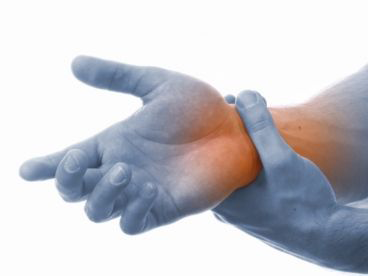There are four phases of a migraine attack. It is not necessary that all these phases might be experienced by one person. Each phase comes with its own symptoms which are as follow-
Symptoms
Prodrome-
It occurs one or two days before migraine and can be considered as a warming period. Most common symptoms that one may experience are-
- Mood changes ranging from depression to extreme happiness or elation. One may feel euphoric even.
- Constipation
- Increased thirst and urination
- Immense hunger
- Frequent yawning
- Neck stiffness

Aura-
It is the most characteristic feature of a migraine attack but does not always precede or accompany a migraine attack. Auras are manifestations of the nervous system. They are usually visual disturbances, such as flashes of light or wavy, zigzag vision. There might be temporary loss of vision as well. Auras initiate about 60 minutes before the headache starts. This phase is called the “skip phase”. It may last for 5 minutes to an hour.
Yet an aura is not only visual disturbances. It can also be:
- Sensory disturbance which can feel like pins and needle sensation in the arms or legs, extreme sensitivity to sound.
- Movement or motor disturbance exhibiting as weakness or numbness of the face or one side of the body. There may also be uncontrollable jerking or other movements.
- Speech disturbance can lead to difficulty in speaking.

The Attack-
The frequency and nature of a migraine attack depends person to person. Its usual duration is anywhere between 4 to 72 hours. The recurrence of the attack may vary from once a month to many times a month. During the attack a throbbing or pulsating pain is present on one or both sides of the head. During this phase the presence of an external irritant such as noise, light or smell can worsen the pain. This is the reason why during the attack one may find comfort in a dark room with as little noise as possible. Nausea and vomiting are commonly associated with the headache. The visual disturbance might be pronounced and lead to blurring of vision. Sometimes the attacks are very severe and unbearable.
Other symptoms include:-
- Loss of appetite
- Scalp tenderness
- Seizures
- Syncope
- Alteration of consciousness
- diarrhea

Post-Drome:-
This marks the end of the migraine attack. It can last for 24 hours where the one may either be drained and washed out or feel exhilarated. There might be some confusion, residual weakness, dizziness.
Diagnostic Test:
- Blood test- to rule out infection in brain or spinal cord, toxins or blood vessel problems.
- Magnetic Resonance Imagining- to rule out stoke, infections, tumor, brain bleeds or any other neurological conditions.
- Computerized tomography scan- it diagnoses the same conditions the MRI does but with the help of X-rays.
- Lumbar puncture-mainly done to rule out infections and bleeding in the brain.


